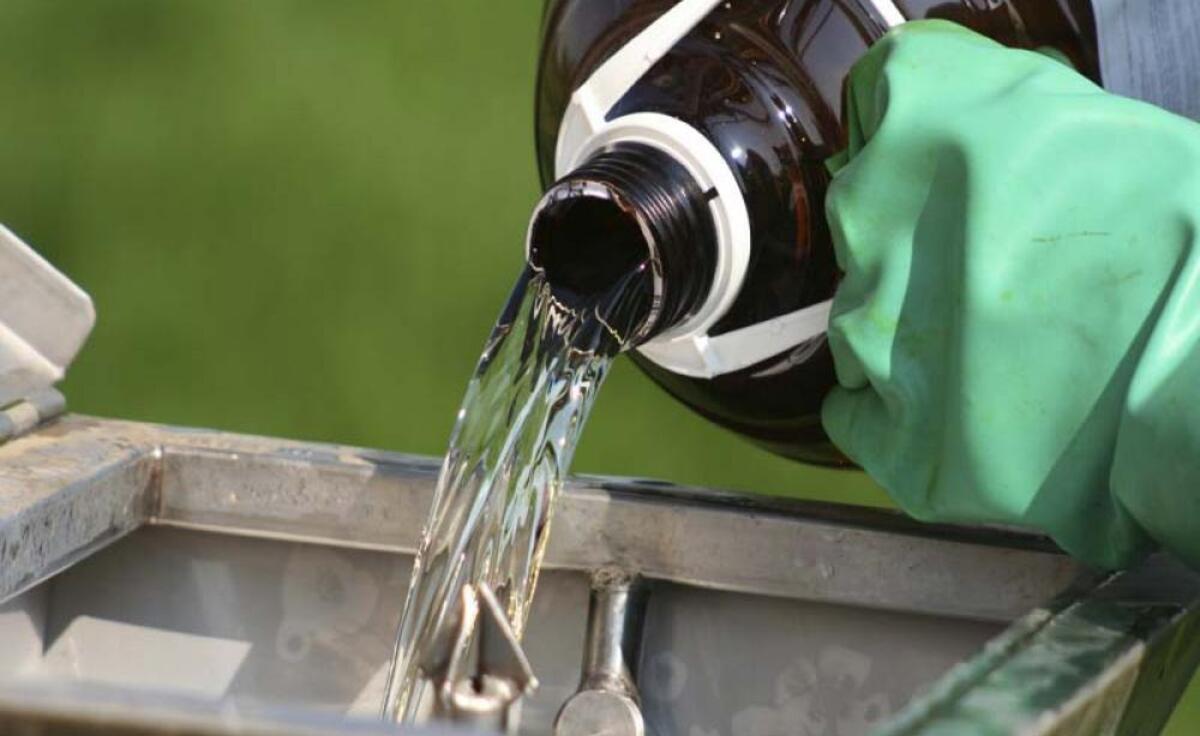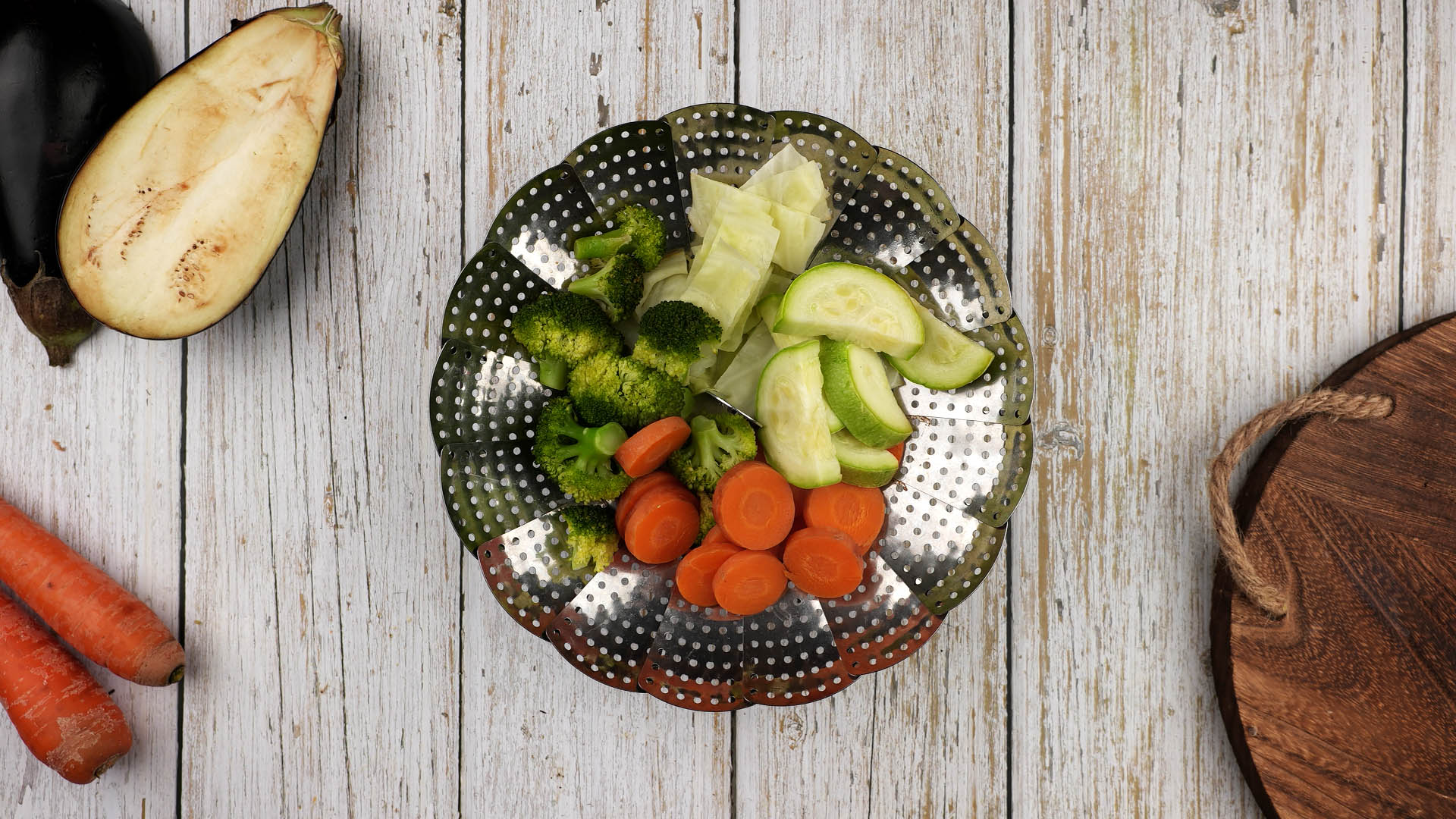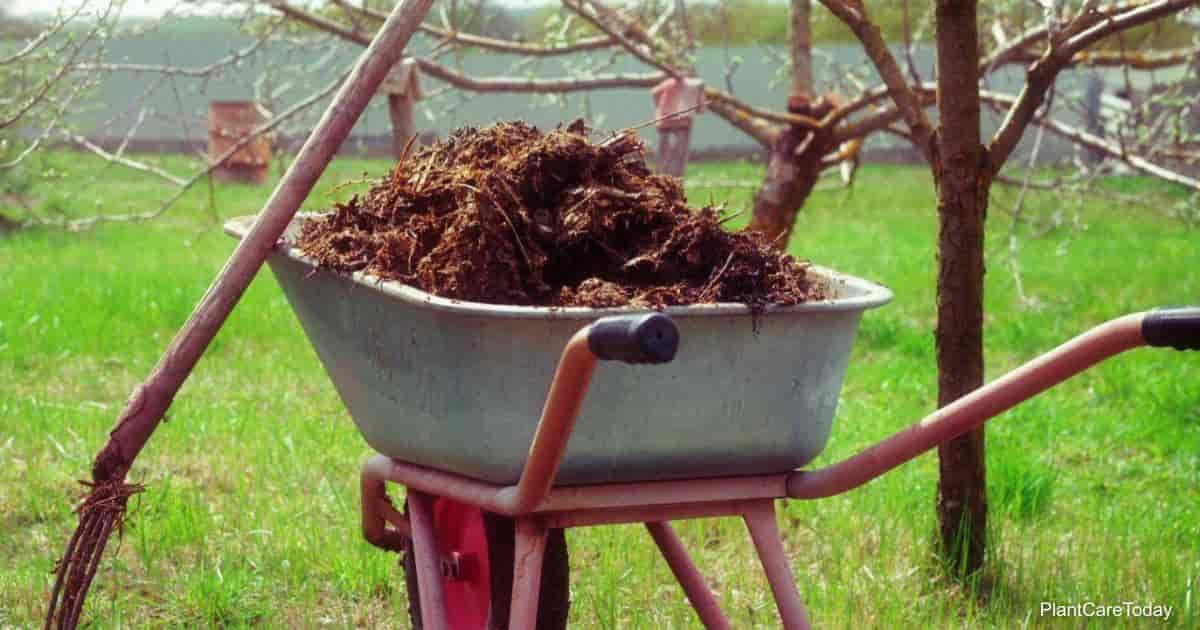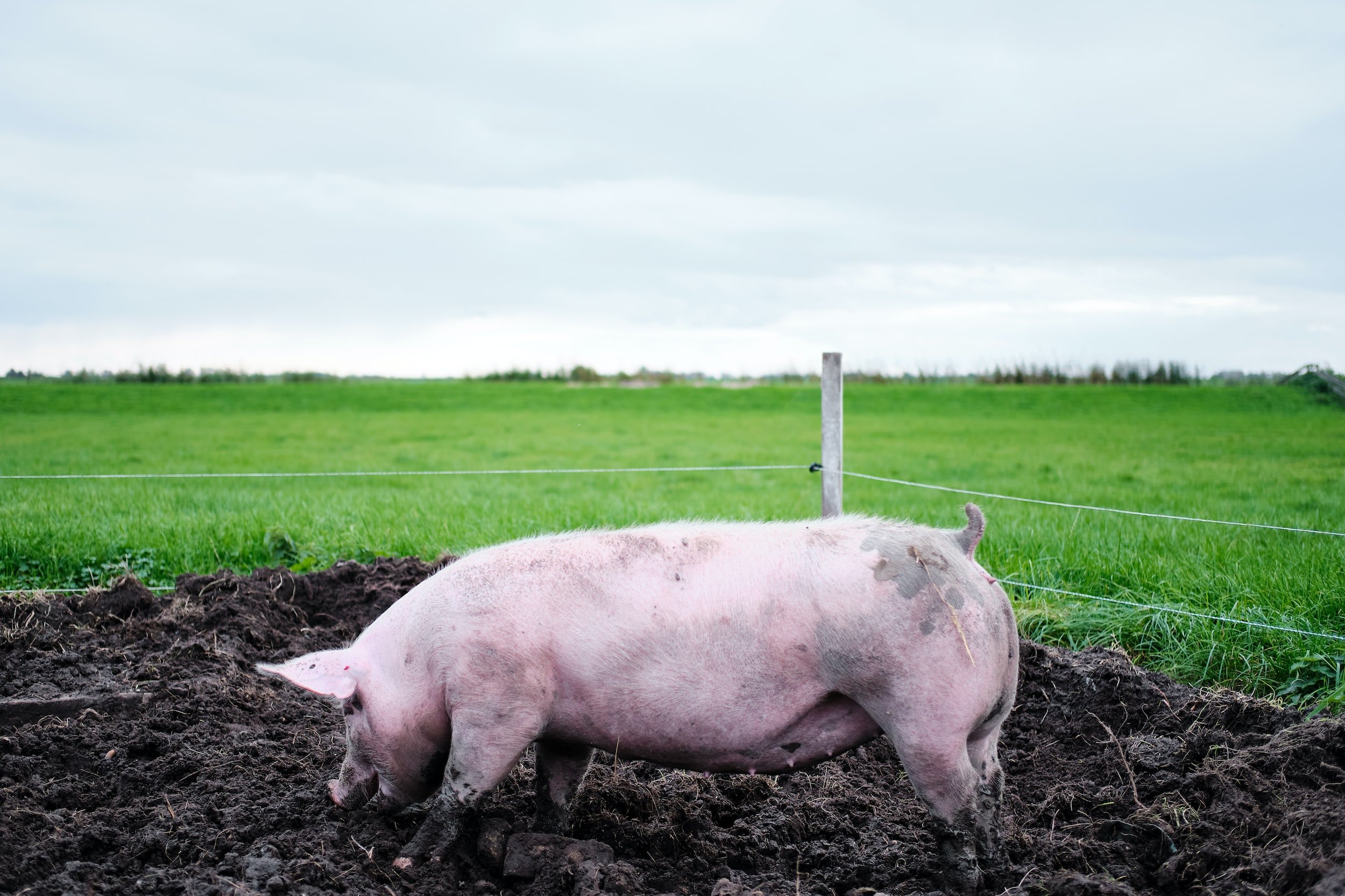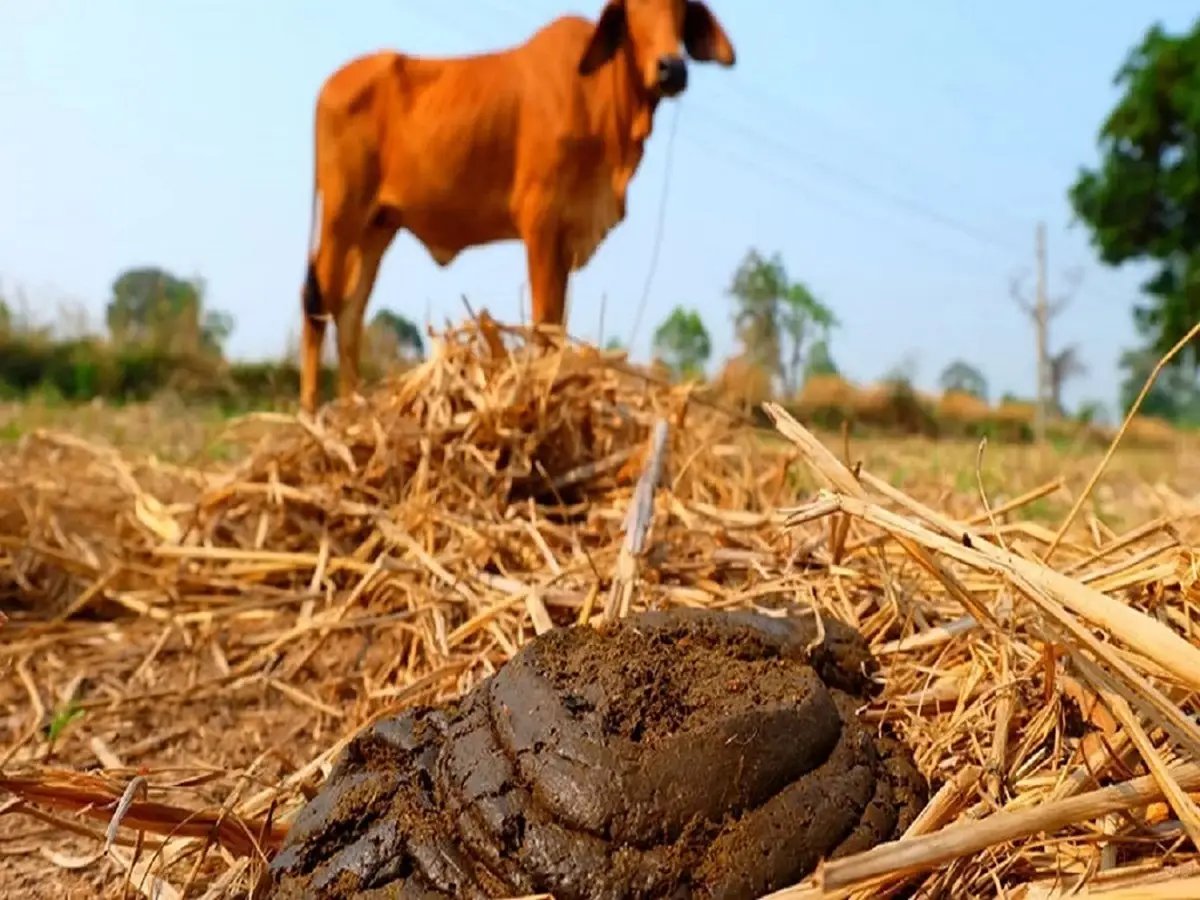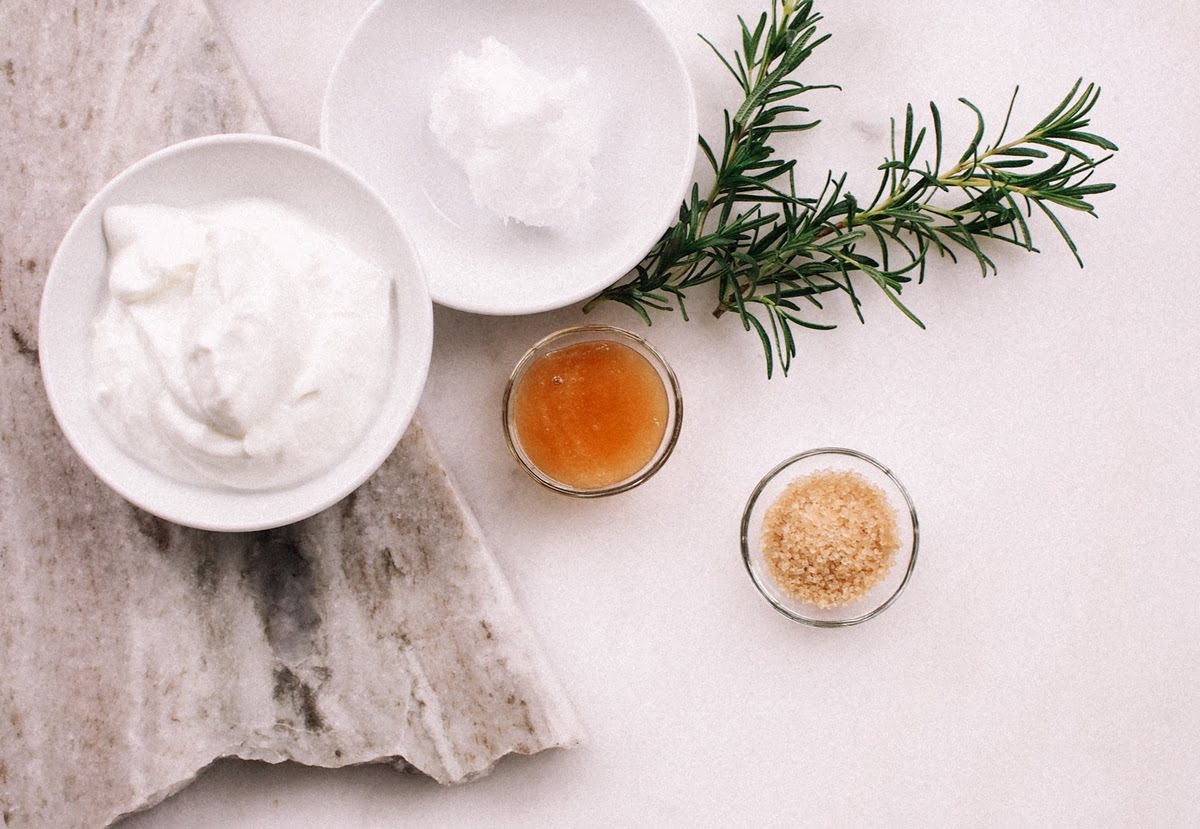Home>Gardening Basics>Understanding Soil>How To Mix Chicken Manure With Soil


Understanding Soil
How To Mix Chicken Manure With Soil
Published: February 6, 2024
Learn the art of mixing chicken manure with soil to enhance plant growth. Gain a better understanding of soil composition and its impact on gardening success.
(Many of the links in this article redirect to a specific reviewed product. Your purchase of these products through affiliate links helps to generate commission for Chicagolandgardening.com, at no extra cost. Learn more)
Table of Contents
Introduction
Welcome to the world of gardening and soil enrichment! If you’re looking for ways to improve the health and fertility of your garden soil, then you’re in the right place. One of the most effective and organic ways to do this is by incorporating chicken manure into your soil. Yes, you read that right – chicken manure! This natural fertilizer is a fantastic source of nutrients for plants and has been used for centuries to improve soil quality.
The process of mixing chicken manure with soil not only enriches the soil but also helps in improving its structure, moisture retention capabilities, and overall nutrient content. Whether you’re a small-scale gardener or a commercial farmer, adding chicken manure to your soil can significantly benefit your plants and increase their productivity.
Before we delve into the benefits and the step-by-step guide to mixing chicken manure with soil, it’s important to note that proper precautions should be taken when handling and using chicken manure. While it is an excellent source of nutrients, it can also carry harmful bacteria and pathogens that need to be properly managed to ensure the safety of both the plants and the gardener.
In this article, we will explore the benefits of incorporating chicken manure into soil, discuss the precautions and safety measures to take, provide a step-by-step guide on how to mix chicken manure with soil, and offer alternative methods for integrating chicken manure into your gardening practices. So, let’s dig in and discover the wonderful world of using chicken manure to enhance your soil and grow healthy, vibrant plants.
Benefits of Mixing Chicken Manure with Soil
When it comes to natural soil fertilizers, chicken manure is a top contender. Here are some of the key benefits of incorporating this nutrient-rich material into your soil:
- Rich in nutrients: Chicken manure is packed with essential nutrients like nitrogen, phosphorus, and potassium. These nutrients are vital for the healthy growth and development of plants. Mixing chicken manure into your soil helps replenish these nutrients, promoting lush foliage, strong root systems, and higher yields.
- Improved soil structure: Chicken manure contains organic matter that helps improve soil structure. It increases the soil’s ability to hold water, improves drainage, and enhances aeration. This leads to healthier root growth and reduces the risk of waterlogged soil or compaction.
- Boosts microbial activity: The beneficial bacteria and microorganisms present in chicken manure help stimulate soil microbial activity. These microorganisms break down organic matter, releasing nutrients and making them available to plants. Increased microbial activity also improves soil health, nutrient cycling, and overall fertility.
- Enhanced soil fertility: Mixing chicken manure with soil improves fertility by providing a steady supply of nutrients over time. The slow-release nature of organic matter ensures a continuous source of nutrients for plants, resulting in healthier and more productive crops.
- Reduces the need for synthetic fertilizers: Using chicken manure as a soil amendment can reduce the reliance on synthetic fertilizers. This not only saves money but also promotes more sustainable gardening practices, minimizing the environmental impact associated with chemical fertilizers.
- Balances pH levels: Chicken manure has a slightly alkaline pH, which can help neutralize acidic soils. By incorporating chicken manure into your soil, you can balance pH levels and create an optimal environment for plant growth.
- Promotes organic matter decomposition: As chicken manure breaks down in the soil, it aids in the decomposition of other organic matter, such as crop residues and fallen leaves. This decomposition process enriches the soil by adding more organic material, further enhancing its nutrient content and improving overall soil health.
By mixing chicken manure with your soil, you can enjoy these benefits and create a nutrient-rich environment that supports vibrant and productive plant growth. However, proper precautions and safety measures should be followed to ensure the best results and to minimize any potential risks. Now let’s dive into the next section to learn more about these precautions and safety measures when working with chicken manure in the garden.
Precautions and Safety Measures
While the benefits of using chicken manure in your soil are numerous, it’s important to handle and use it with caution to ensure the safety of both you and your plants. Here are some precautions and safety measures to keep in mind when working with chicken manure:
- Composting: Fresh chicken manure can be too high in nitrogen and can burn plants if directly applied to the soil. To avoid this, it’s recommended to compost the chicken manure first. Composting allows the manure to break down and mature, reducing the risk of nutrient burn and eliminating potential pathogens.
- Protective gear: When handling chicken manure, it’s essential to wear gloves, a mask, and protective clothing to prevent direct contact with the material. This protects you from potential bacterial contamination and reduces the risk of skin irritation or allergic reactions.
- Proper storage: Store chicken manure in a safe and secure area away from children and animals. Proper storage prevents the spread of pathogens and reduces the risk of accidental exposure. Make sure the storage area is well-ventilated to avoid the buildup of gases and odors.
- Application timing: Apply chicken manure to the soil well in advance of planting. This allows adequate time for the composted manure to further break down and for any potential pathogens to die off, reducing the risk of contamination.
- Correct application rates: It’s important to apply chicken manure to the soil in appropriate quantities. Overapplication can lead to nutrient imbalances and excessive nitrogen levels, which can harm plants. Follow recommended guidelines and perform soil tests to determine the correct application rates for your specific soil and crops.
- Avoid direct contact with edible parts: When using chicken manure in vegetable gardens, take care to avoid direct contact between the manure and the edible parts of the plants. This reduces the risk of bacterial contamination and ensures the safety of your produce.
- Washing produce: Thoroughly wash all fruits and vegetables harvested from an area where chicken manure has been used. This helps remove any potential contaminants and ensures the safety of the food you consume.
By following these precautions and safety measures, you can safely incorporate chicken manure into your soil and reap the benefits without compromising your health or the health of your plants. In the next section, we will provide a step-by-step guide on how to properly mix chicken manure with your soil. Let’s continue our journey toward creating nutrient-rich, fertile soil for your garden!
Step-by-Step Guide to Mixing Chicken Manure with Soil
Now that you’re aware of the benefits and safety precautions, let’s explore a step-by-step guide on how to effectively mix chicken manure with your soil:
- Composting: Start by composting the chicken manure to reduce the risk of nutrient burn and pathogens. Create a compost pile or use a compost bin specifically for the manure. Combine the chicken manure with carbon-rich materials like straw, leaves, or wood shavings to create a balanced compost. Turn the pile regularly and maintain proper moisture levels for efficient decomposition.
- Prepare the soil: Before incorporating the chicken manure, prepare the soil by removing any weeds or debris. Loosen the soil using a garden fork or tiller to improve aeration and drainage.
- Appropriate application: Determine the correct application rate of the composted chicken manure based on your soil type, plant requirements, and the results of a soil test. Spread the composted manure evenly across the soil surface.
- Mixing: Use a garden hoe or a hand tool to mix the chicken manure into the top few inches of soil. Ensure that the manure is evenly distributed throughout the soil to provide a consistent nutrient supply to the plants.
- Watering: After mixing the chicken manure with the soil, water the garden bed thoroughly to help settle the soil and activate the nutrients. This will also help prevent nutrient leaching.
- Mulching: Consider applying a layer of organic mulch, such as straw or wood chips, to the soil surface. Mulching helps conserve moisture, suppress weed growth, and regulate soil temperature. It also contributes to the overall organic matter content of the soil.
- Regular maintenance: Monitor the moisture levels of the soil and adjust irrigation as needed. Conduct periodic soil tests to assess nutrient levels and make amendments accordingly. Additionally, continue composting and adding organic matter to the soil to maintain its fertility over time.
By following this step-by-step guide, you can efficiently mix chicken manure with your soil, ensuring a balanced and nutrient-rich environment for your plants to thrive. In the next section, we will explore the proper storage and handling of chicken manure to maintain its quality and prevent any issues. Let’s continue our journey towards successful gardening!
Proper Storage and Handling of Chicken Manure
Proper storage and handling of chicken manure are crucial to ensure its effectiveness as a soil amendment and to prevent any potential issues. Here are some guidelines to follow:
- Storage location: Store chicken manure in a designated area away from living spaces, water sources, and vegetable gardens. Ideally, the storage location should be well-ventilated and protected from extreme weather conditions.
- Composting: Compost the chicken manure before use to reduce the risk of pathogens and to facilitate nutrient release. This can be done in an outdoor compost bin or pile. Monitor the composting process, turning the pile regularly, maintaining moisture levels, and allowing sufficient time for the manure to break down.
- Use an appropriate container: If storing fresh chicken manure for composting purposes, use a covered container or a compost bin specifically designed for the task. This will help contain odors, mitigate the risk of pests, and ensure proper composting conditions.
- Protective gear: When handling chicken manure, wear gloves, a mask, and protective clothing to minimize direct contact. This protects against potential pathogens and reduces the risk of skin irritation or respiratory issues.
- Proper transportation: When transporting chicken manure, use sealed bags or containers to prevent any leaks or spills. Ensure that the vehicle is clean afterward to avoid contamination.
- Wash hands thoroughly: After handling chicken manure, wash your hands with soap and water to eliminate any potential bacteria. This is especially important before eating or handling food.
- Minimize odor: To reduce odors, cover the stored chicken manure with a layer of dry leaves, straw, or wood shavings. This helps absorb moisture and odors, keeping the storage area more pleasant.
- Regular maintenance: Check the stored chicken manure periodically for moisture levels and temperature. Adjust moisture levels by adding dry materials if necessary. Regularly turn or mix the manure to ensure even composting and prevent the development of anaerobic conditions.
- Labeling: Clearly label containers or bags of stored chicken manure, indicating the date of collection and any specific details, such as whether it has been composted or not.
By adhering to these storage and handling practices, you can maintain the quality of chicken manure and maximize its benefits when it comes time to mix it with your soil. Now that we understand the proper storage and handling procedures, let’s explore alternative methods of incorporating chicken manure into your gardening practices in the next section!
Alternative Methods of Incorporating Chicken Manure into Soil
While mixing chicken manure directly with soil is a common method, there are other alternative ways to incorporate chicken manure into your gardening practices. These methods offer flexibility and can be adapted to suit your specific needs and gardening goals:
- Compost tea: Create a nutrient-rich liquid fertilizer by steeping composted chicken manure in water. This creates compost tea, which can be applied to the soil or sprayed directly onto the foliage of plants. Compost tea provides a quick dose of nutrients and beneficial microorganisms to the plants.
- Side-dressing: Rather than mixing chicken manure into the entire soil, apply it to the side of plants at regular intervals during the growing season. This method is particularly useful for heavy feeders, such as tomatoes or corn. Side-dressing provides a localized nutrient boost to the plants’ root zone.
- Top-dressing: Apply composted chicken manure as a top layer around the base of plants, similar to mulching. This method slowly releases nutrients into the soil as organic matter breaks down. Top-dressing helps suppress weeds, retain moisture, and adds valuable nutrients to the soil over time.
- Companion planting: Take advantage of the benefits of chicken manure by planting nitrogen-fixing cover crops alongside your main crops. Plants like legumes can utilize the nutrients from chicken manure in the soil and improve overall soil fertility for neighboring plants.
- Vermicomposting: Utilize worms to break down chicken manure and other organic materials into rich vermicompost. Vermicompost is a nutrient-dense and microbe-rich fertilizer that can be incorporated into the soil or used as a top dressing for potted plants.
- Long-term application: Apply a thin layer of composted chicken manure to the soil surface annually or biennially. Over time, the manure will break down and be incorporated into the soil through natural processes. This gradual approach ensures a consistent supply of nutrients without overwhelming the soil or plants.
- Alternate beds: Rotate the use of chicken manure between different beds or garden areas each year. This helps prevent the buildup of excessive nutrients in one area and allows the soil to naturally balance its nutrient levels.
- Green manure: Grow cover crops, such as clover or alfalfa, which can be tilled or mowed down and incorporated into the soil to add organic matter and nutrients. These green manures can be mixed with chicken manure to further enhance soil fertility.
By exploring these alternative methods, you can find the approach that best suits your gardening style and objectives. It’s important to experiment and observe the effects of each method in your specific growing conditions. Remember to prioritize the health and safety of your plants, yourself, and the environment when incorporating chicken manure into your gardening routine.
Conclusion
Incorporating chicken manure into your soil is a fantastic way to enhance its fertility and promote healthy plant growth. Throughout this article, we have explored the numerous benefits of mixing chicken manure with soil, including its rich nutrient content, improvement of soil structure, promotion of microbial activity, and reduction in the need for synthetic fertilizers.
However, it’s crucial to handle and use chicken manure with caution. Composting the manure before application helps mitigate the risk of nutrient burn and ensures the breakdown of potential pathogens. Following proper storage and handling practices, such as wearing protective gear, selecting appropriate containers, and practicing good hygiene, are essential for the safety of both you and your plants.
The step-by-step guide provided in this article offers a clear roadmap for effectively mixing chicken manure with soil. By composting, preparing the soil, applying the correct amount of chicken manure, and properly mixing and watering, you can create a nutrient-rich environment for your plants to thrive.
We’ve also explored alternative methods of incorporating chicken manure into your gardening practices, such as compost tea, side-dressing, and companion planting. These methods provide flexibility and allow you to tailor your approach based on your specific gardening needs and preferences.
Remember, successful gardening is a continuous journey and requires regular maintenance and observation. Monitor your soil moisture, periodically test nutrient levels, and make adjustments as needed. By practicing sustainable gardening techniques, such as composting, crop rotation, and soil enrichment, you can maintain a healthy garden ecosystem in the long term.
So, don’t hesitate to harness the power of chicken manure and unleash its benefits for your soil and plants. By following the guidelines and recommendations in this article, you can harness the power of nature’s own fertilizer and cultivate a thriving garden that will bring you joy, beauty, and bountiful harvests for years to come.
